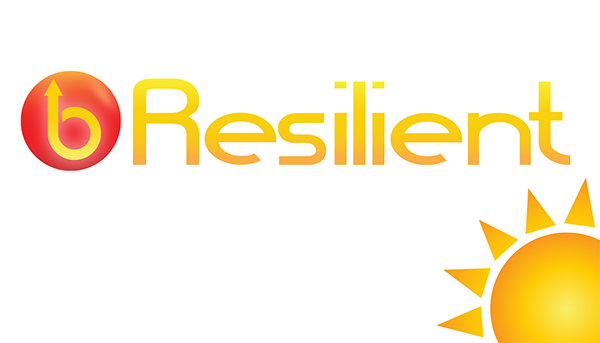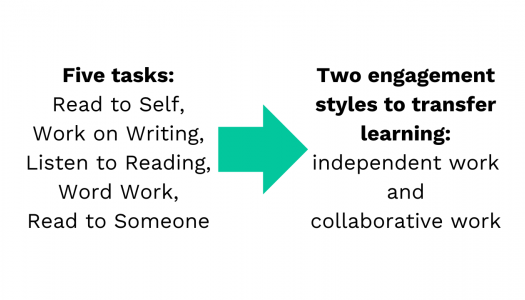
Allison Behne
This is the time of year we often associate with a lot of traditions—family get-togethers, recipes we make, gift giving, parties, and charity work, to name just a few. Tradition is defined as the transmission of customs or beliefs from generation to generation. We often think of traditions as things we do just a few years in a row. As we repeat them year after year, it can be easy to get wrapped up in the process and focus less on the meaning behind them.
For example, each year on Christmas morning my family of four celebrates by exchanging gifts around the tree, having breakfast at home, and then driving to my parents’ for lunch, followed by going to my husband’s parents for dinner. We have done this every year since we were married, and we enjoy the routine and sense of “tradition” it evokes.
However, as our children get older, we realize things will soon change. In the next few years, my daughter and son will have families of their own, and the way we proceed through Christmas Day will look different. When I think about this, I get a little sad. Then I remember that the tradition is rooted in the time spent with family, not the location, the food, or the process of going from one place to the next. So, we can continue our tradition of spending time together at Christmas while making necessary adjustments to the process of the day.
It is important to remember that just because we have always done something the same way doesn’t mean that is how it has to be. Over the last 20 years humans have adapted to so many changes! We now have the internet to find information, cell phones that serve as pocket computers, books available in print, audio, and digital formats, satellite radio, email, and so much more. With all of this change, it is the root of the tradition, not the process, that is important. It doesn’t matter how you listen to music—eight-track, record, tape, CD, or digitally; the purpose is to hear the tune, and that is still accomplished. Whether you send a letter via the post office or email, the purpose of making a connection with the person on the other end is still accomplished. As long as the focus remains on the purpose and the meaning behind the process, we can change with the times and still keep the tradition alive.
Remembering this sentiment can help us hold true to the purpose of traditions in our personal and professional lives, and adjust as needed. Whether it be curriculum, instructional strategies, daily routines, classroom design, or something as simple as our morning routine, staying focused on the purpose gives us the freedom to change and adapt, and with that freedom comes purpose-driven teaching and learning.
SIGN UP NOW
News From The Daily CAFE
What to Write About—Go Deeper
Goodbye Tasks
Playing with Our Words










